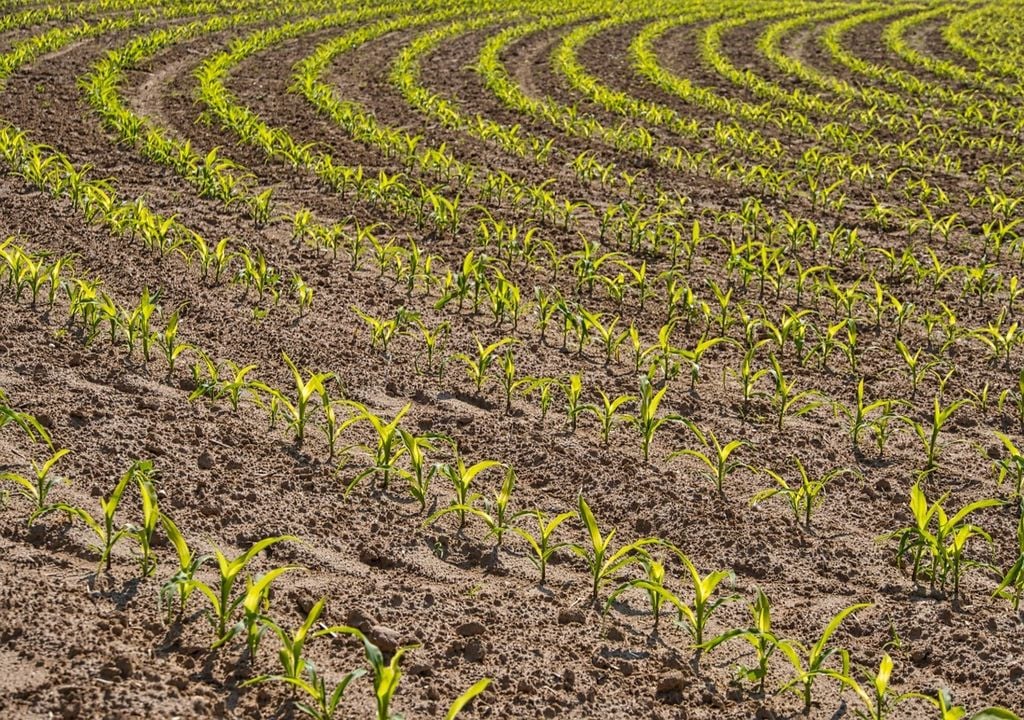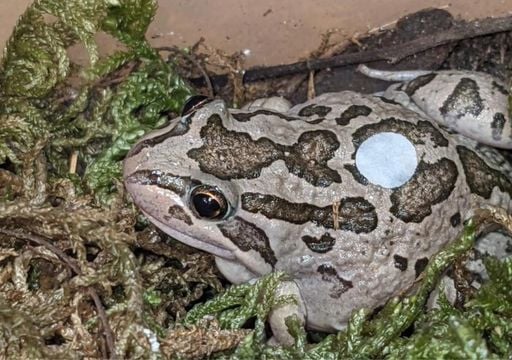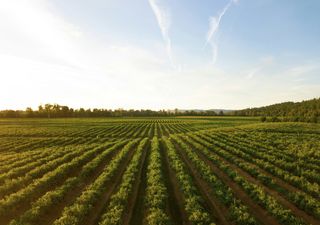An open-access, low cost plant phenotyping solution invites scientists to identify and develop climate-resilient crops
Scientists devise a solution for advancing non-destructive phenotyping of plants, opening up further research into agricultural crop development.

Boyce Thompson Institute (BTI) researchers have developed an advanced plant phenotyping solution that includes low-cost equipment, data processing algorithms, and an intuitive data analysis platform.
This approach accelerates the development of more robust and productive crops and promotes long-term food availability by enabling researchers to conduct data-rich, cost-effective studies on plant growth and behaviour.
Continued population growth
According to the United Nations, the human population is expected to grow by approximately 2 billion over the next 30 years. The population is predicted to rise to 9.7 billion (from 8 billion) in 2050 and could reach a maximum of about 10.4 billion by the mid-2080s. Many countries across the globe are employing agricultural productivity growth to reduce or specify inputs while increasing agricultural outputs to ensure food security and decrease the costs for farmers. While methods including fertiliser application and crop rotation have greatly aided agricultural productivity growth, more is needed to reduce environmental pollution (consequent bioaccumulation) and natural habitat destruction.
The importance of phenotyping
What about science and research? What if we can advance plant biology research in a way that democratizes access to plant phenotyping?
Examining and quantifying observable features and attributes is the process of phenotyping plants. This comprises of more sophisticated characteristics like tolerance to stress (including temperature and pests), disease resistance, and crop production. Other fundamental characteristics include plant height, leaf form, and colour. The goal is to comprehend the genetic and environmental influences on these features in plants, as this is crucial for plant breeding, improving crop varieties, and carrying out agricultural research.

The researchers’ RaspiPheno App provides an interactive user interface which is used for phenotypic data processing and visualisation. This then makes learning easier and frees up researchers to focus on biological insights. Because of its versatility, the technique can be used with both common and uncommon plant species. Furthermore, all hardware designs, software, and comprehensive protocols are publicly available, encouraging broad adoption and cooperation.
The key benefit of the image-based, low-cost phenotyping solution is that it is non-destructive. Destructive methods involve the harvesting, cutting, and dissection of plants; analysis of biomass, root structure, biochemistry, development, and tissue composition. Sacrificing plant specimens to gain such valuable data is counterintuitive to conducting longitudinal studies or continued monitoring of plant responses.
Study findings were published in the journal Plant Physiology.








